Alumna’s New Guinean Objects Provide History Lessons for Student Intern
Gifts from Mary Olmsted ’41Jamie Collings ’18 begins his research with the objects in a collection that immediately catch his eye. “I might do background research on the provenance/provenience of an object—trying to understand its history or how it came to be part of the collection,” says Collings, the John R. Stomberg curatorial intern at the Mount Holyoke College Art Museum. “But, typically,” he says, “I will just jump right in.” Usually that jumping in means Collings will type a few key words into a search engine and launch his work from there.
A history major, Collings was a frequenter of the museum while he was enrolled in department courses on the history of money and material culture. “We were in the Carson Teaching Gallery every week,” he says of the classroom in the museum where faculty and students may examine objects that are not already on view in the galleries.
Last summer Collings was offered a summer internship at the museum—for which he opted to use his Lynk funding—and he continued his work into the academic year. One of his current projects is researching a collection of objects given to the museum by Mary S. Olmsted ’41, who served as the first US Ambassador to Papua New Guinea in 1976. In 1979 Olmsted gave sixty objects to the museum, shipping them to the College directly from Port Moresby, Papua New Guinea.
“We hired Jamie to research the collection so we can begin to integrate these important materials into our Teaching with Art program and gallery spaces,” says Associate Curator of Visual and Material Culture, Aaron Miller.
Among the collection is a wooden orator’s chair, or debating stool, more than six feet tall and intricately carved by hand. Through his research Collings has learned that the stool was made by the Iatmul people of Korogo Village in East Sepik Province. In New Guinea, he says, “traditional living and culture remained until World War II, when the island became a battleground for strategic position within the Pacific Theater.” While the chair given by Olmsted is estimated to be from the mid-twentieth century, orator’s chairs continue to be made today and are a central part of cultural customs and rituals in the region.
“Orator’s chairs are built to be sat in by the spirit who presides over meetings or resolves disputes,” Collings says. “The orator stands next to the chair and calls the spirit to support his speech, and he will hit the chair with a bundle of leaves or grass to punctuate his speech.” Other items in the Olmsted collection that Collings is researching include masks, a bowl, shields, and the intricately carved wooden prow of a boat.
—By Jennifer Grow ’94
—Photographs by Laura Shea
—All items gifts of Mary S. Olmsted ’41 / Courtesy of Mount Holyoke College Art Museum, South Hadley, Massachusetts
This article appeared as “History Lessons” in the spring 2018 issue of the Alumnae Quarterly.
April 18, 2018


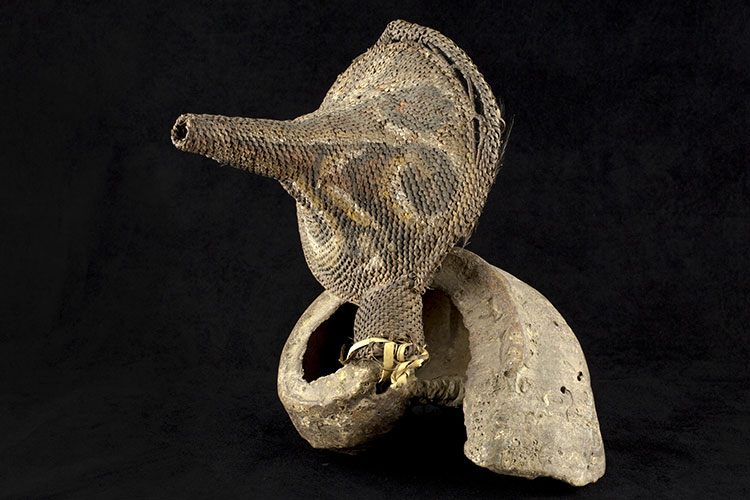



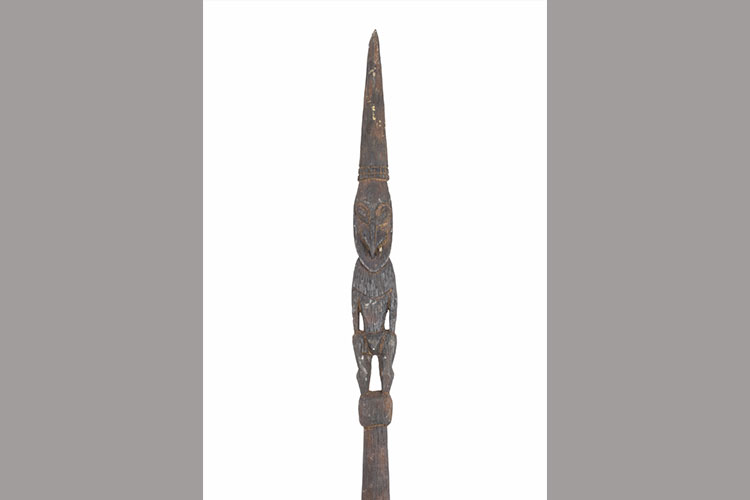
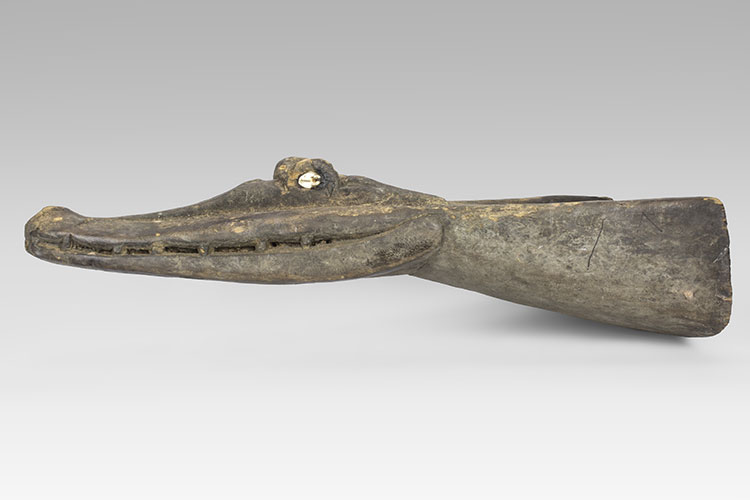






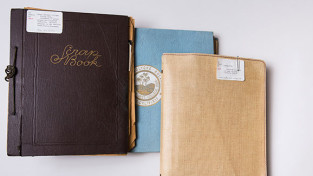
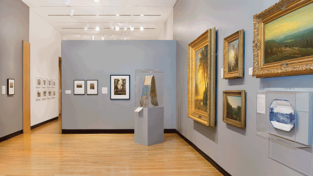
Leave a Reply